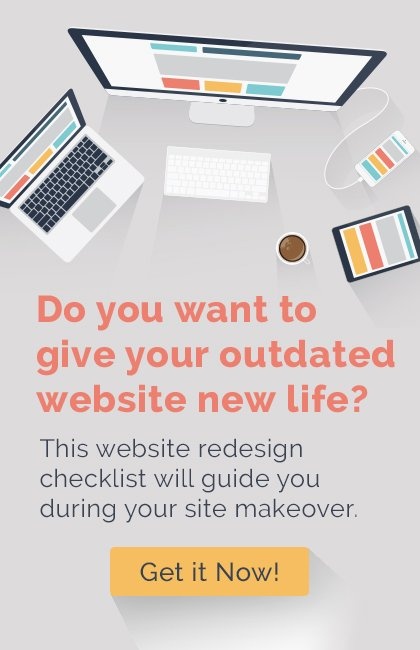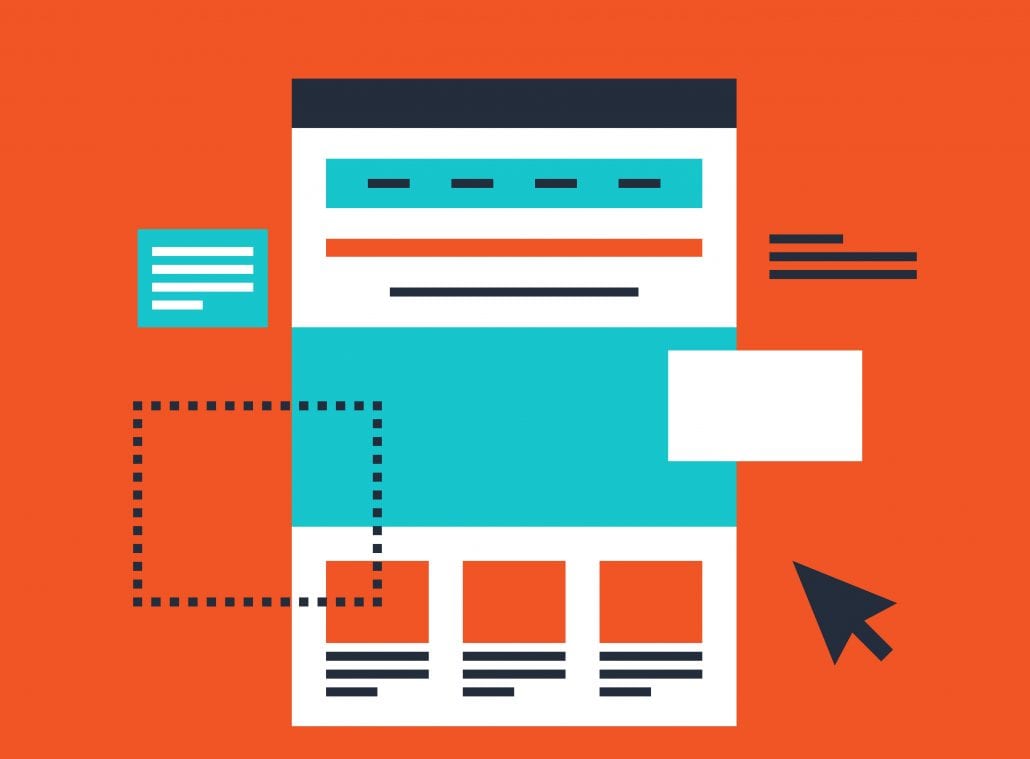It should come as no surprise that a strong mobile presence is indispensable in today’s market. After all, the average user spends most of their Internet time on their smartphone as opposed to their desktop.
Whether your company is just starting up or has reached the point of maintaining a well-established customer base, it’s important to stay up to date with the most current marketing trends and techniques for your ecommerce business. Structuring and launching an ecommerce website is a milestone achievement for your brand. Therefore, it’s crucial to invest in effective mobile marketing techniques, and here are five tips on how to do so:
1. Website Design
A website is your most important marketing and communication tool, as it connects you with your user. In a world so dominated by mobile devices, most brands cannot afford to miss the mark with a website that is NOT optimized for users on smartphones, tablets, or whatever their device of choice may be. If you’re an ecommerce brand, you want to make sure that your website is ready for their devices.
Some brands quickly jump to a mobile app when it’s time to make “mobile decisions”. However, it’s not always the most efficient choice for each and every brand. Ultimately, they should be developed once you already have a mobile-friendly website as well. 9 times out of 10, an app should not be created in place of a mobile-friendly site, but instead in addition to it. Apps can be costly endeavors, and to be successful they must offer some sort of value that the mobile site doesn’t, otherwise there is no real incentive for the user to download the app and use it on a regular basis.
Particularly with ecommerce brands, a responsive design is incredibly important. The size of a mobile screen is significantly smaller than that of a desktop. As a result, the website should appear a bit differently. However, you want to ensure that your customers do not face any issues. This can range from viewing product images, scrolling through pages, clicking on buttons, finding a certain product, or typing in billing information into form fields. Websites that aren’t responsive in their design typically contain flaws with these key elements. These can act as a major deterrence in the mobile user completing the purchase. If you’re implementing mobile marketing techniques to drive mobile traffic, you want to make sure your website is ready to perform. Preferably before you begin marketing to your mobile users and driving traffic to your website.
2. Referral Marketing
We are all social creatures, and we love sharing our experiences with our families and friends. If we have a good experience, we’ll want everyone to know about it. It is for that reason that referral marketing (also known as word-of-mouth marketing) is one of the most powerful, yet underrated ecommerce mobile marketing techniques available. Referral marketing is when you deliberately influence the process of word-of-mouth. Whether it is encouraging more sharing, or positioning the sharing to be positive. Referral marketing is a secret weapon that many ecommerce companies embrace. It benefits advertisers too-we help each other avoid bad experiences, and encourage each other to support places that provide an excellent experience.
The fastest and easiest way to kick-start referral marketing is to set up a referral program. If you have the resources, you can hire a developer to custom design a referral program for your store. This allows you to have full control over your referral program, but the work may be tedious and resource-intensive. An alternative is to install a referral program app. A referral app allows you to get started quickly, as everything is (almost) done-for-you. However, if you do not promote your referral program, nobody will know of it. So do all you can to promote it, and let people know about it. Share it on your social media and send it on your email list. Invite all of your past customers to join your referral program. You will be sure to notice results.
3. Mobile Friendly Email Marketing
Most ecommerce customers check their inbox from their smartphone, not from a desktop. Emails that get opened on mobile devices yet aren’t optimized for those devices typically get sent to trash. It’s a waste of time and budget to produce emails that are too difficult to read on mobile, or do not render correctly on mobile devices.
To ensure that your efforts are not wasted, it is worth checking to make sure your email marketing is mobile-friendly. Use a responsive design for all of your emails so that the content renders well regardless of device. This is one of many options that can help create an optimal experience for your email recipients. As a result they can actually see your perceived value and subsequently visit your mobile-friendly site after receiving the message.
Some visual tips to include are fonts that are easy-to-read, stick to one column of text, use compelling imagery, and always include clickable icons and calls-to-action (CTAs). Think about subject line, and how character count is more limited on mobile inboxes than desktop. Best of all, these guidelines help offer a greater experience on mobile devices, and are beneficial to those on desktop.
Similar Article: How To Outshine Your Competition With Effective Ecommrce Marketing
4. Proper Mobile Friendly Content Marketing
Mobile optimization refers to the elements found on your site infrastructure. As such, consuming content on mobile devices is different than on desktop. Proper content marketing can attract more positive attention, interaction, and sustainable conversions in a way no other marketing method can. That’s because the Internet is content. By creating and promoting original content you are ensuring that your audience is receiving new information that matters to them on a continual basis.
Brainstorm with your team to imagine a list of the different types of content you wish to create. This can be blog posts, videos, and newsletters. Also, make sure you are utilizing your marketing budget by consulting with experts, outsourcing work when necessary. Invest in high-quality software, subscriptions, employees, and training for your team.
You will also find that if you work with the right people, many of the things you’ve paid for in the past can be done internally. Create diversity within your team and listen to everyone’s ideas. It is also a good idea to create content based on Pareto’s 80/20 rule, which means that your promotions should comprise of 80% informational content, and 20% promotional content. All of the content you publish should be relevant, interesting, and unique.
Social media marketing is one of the most powerful mobile marketing techniques available. It allows you to communicate with your industry, customers, and market in a personal way. You can utilize social media to generate engagement and interaction, boost traffic to your website, and develop a larger base of customers.
Utilizing different social media platforms for different purposes also creates a rich presence for your company that diversifies your abilities and efforts. This will ultimately help you cater to your customers’ needs in a way that grows your business over time.
Maintaining a solid tone and personality of your company through social media is very important because consistency is what will create trust within your audience. In order to develop and maintain brand recognition and authority, make sure your outreach efforts are unified; by ensuring your team is on the same page with your company’s communication style.














 Because the launchpad site only needs to have 20 percent of your wishlist’s features implemented, you’ll be able to launch it much faster. The quicker your site is up and running, the better (as long as it’s functional, of course).
Because the launchpad site only needs to have 20 percent of your wishlist’s features implemented, you’ll be able to launch it much faster. The quicker your site is up and running, the better (as long as it’s functional, of course).









